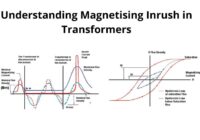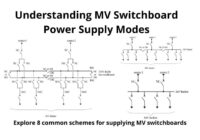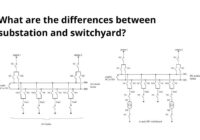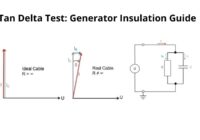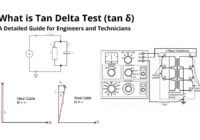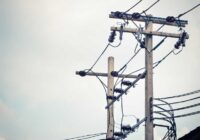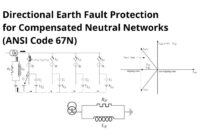Understanding Magnetising Inrush in Transformers
Magnetising inrush is a transient electrical phenomenon that primarily occurs when a power transformer is energized. It is not indicative of a fault but rather a normal response of the transformer’s magnetic core to sudden application of voltage. However, it poses significant challenges for transformer protection systems, which must distinguish this temporary surge from actual faults to avoid… Read More »

